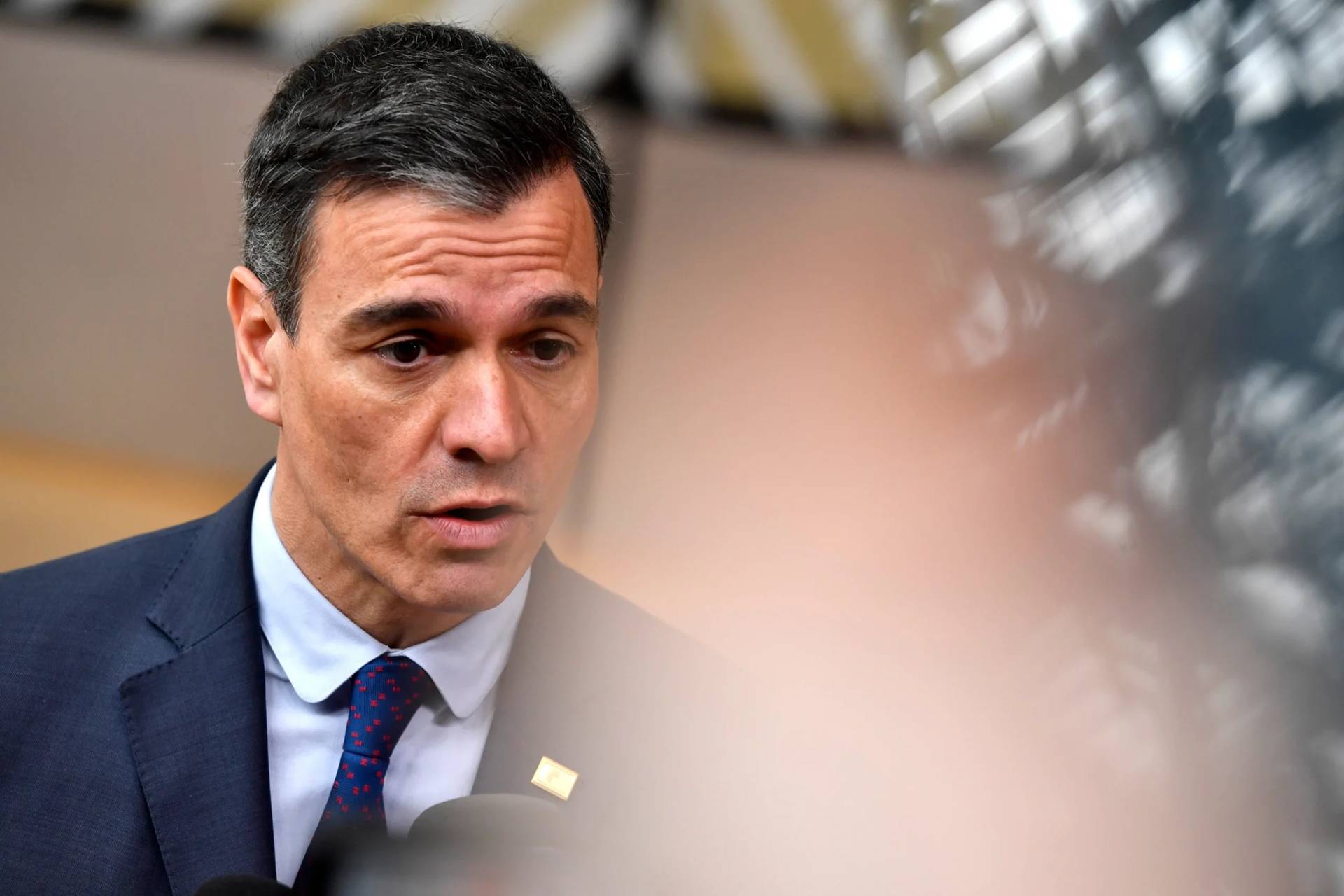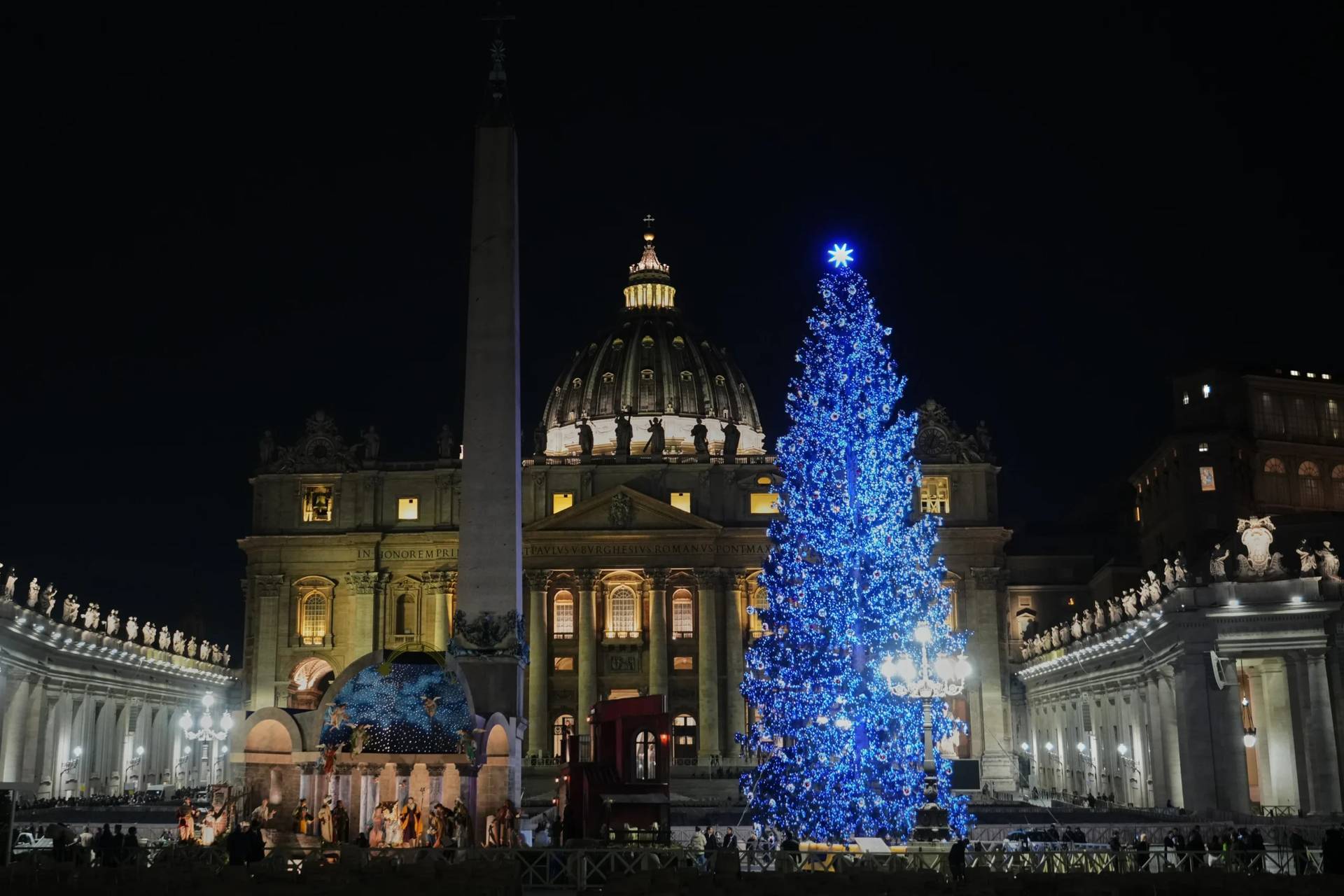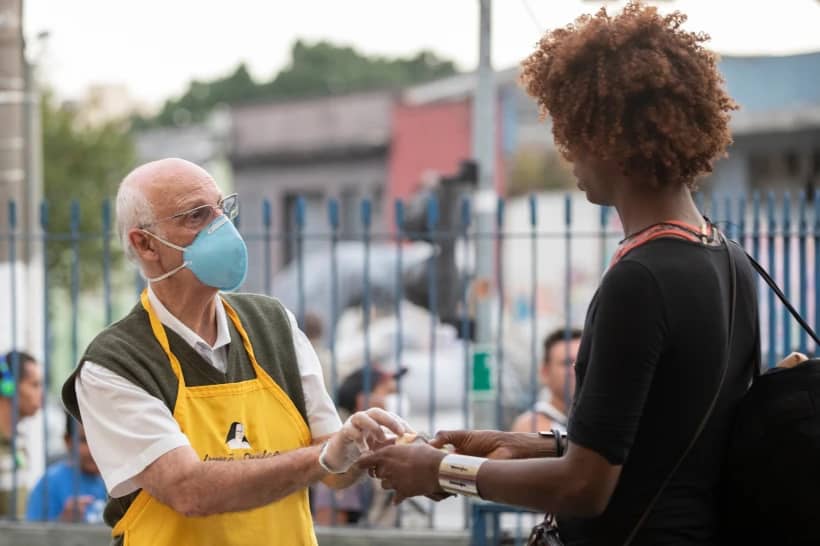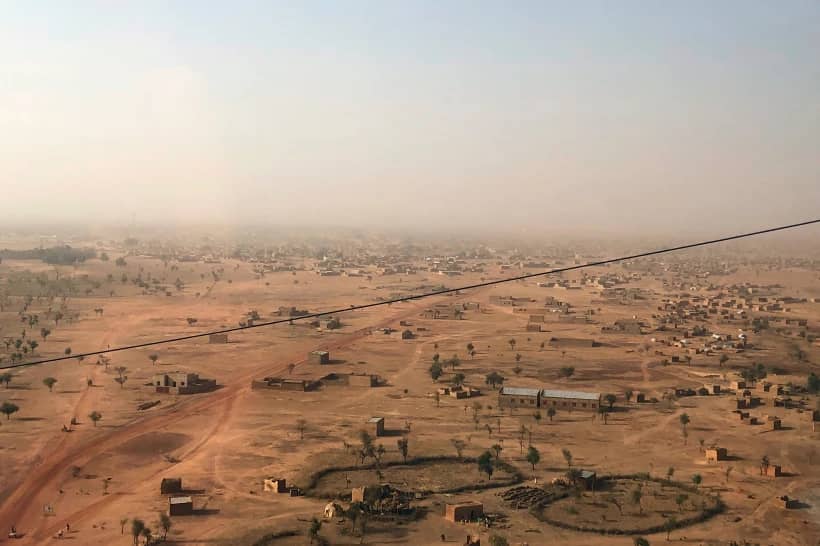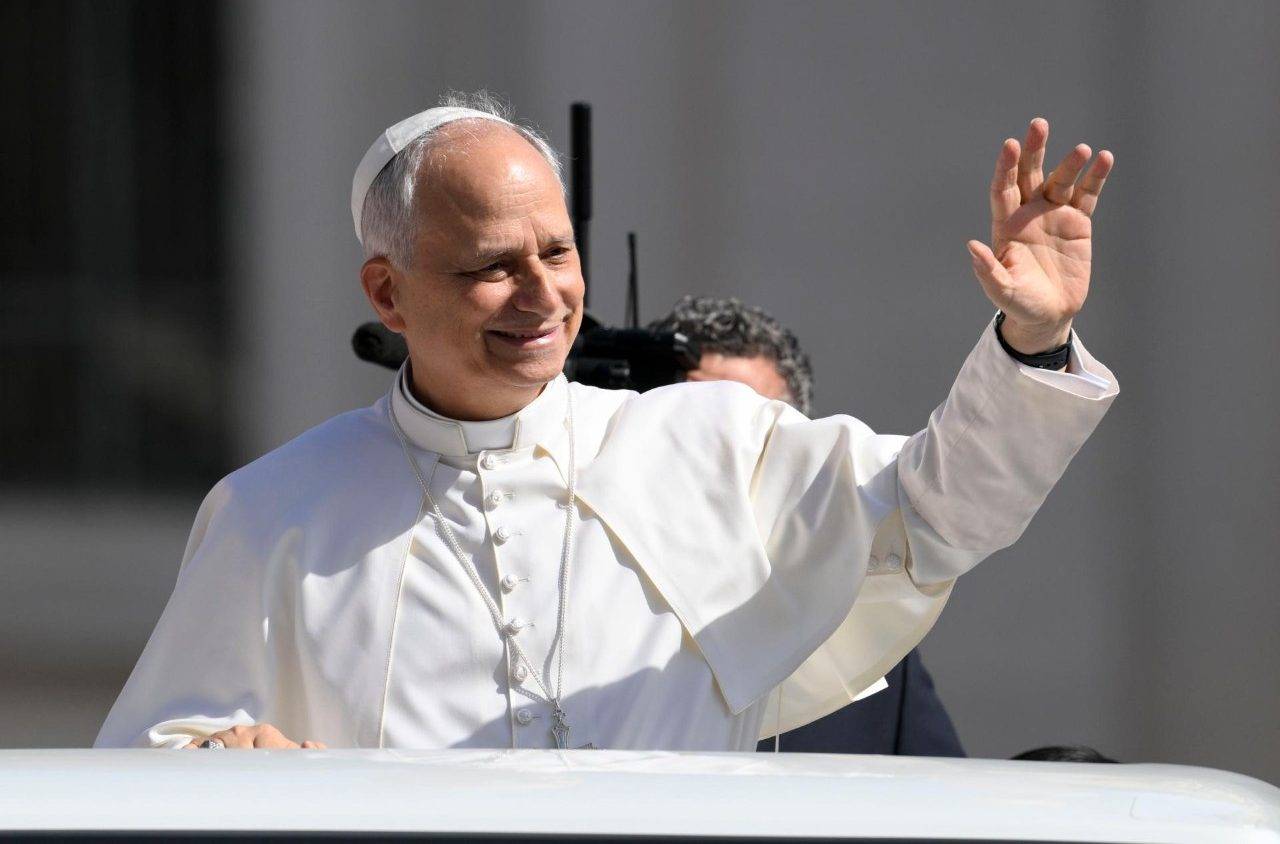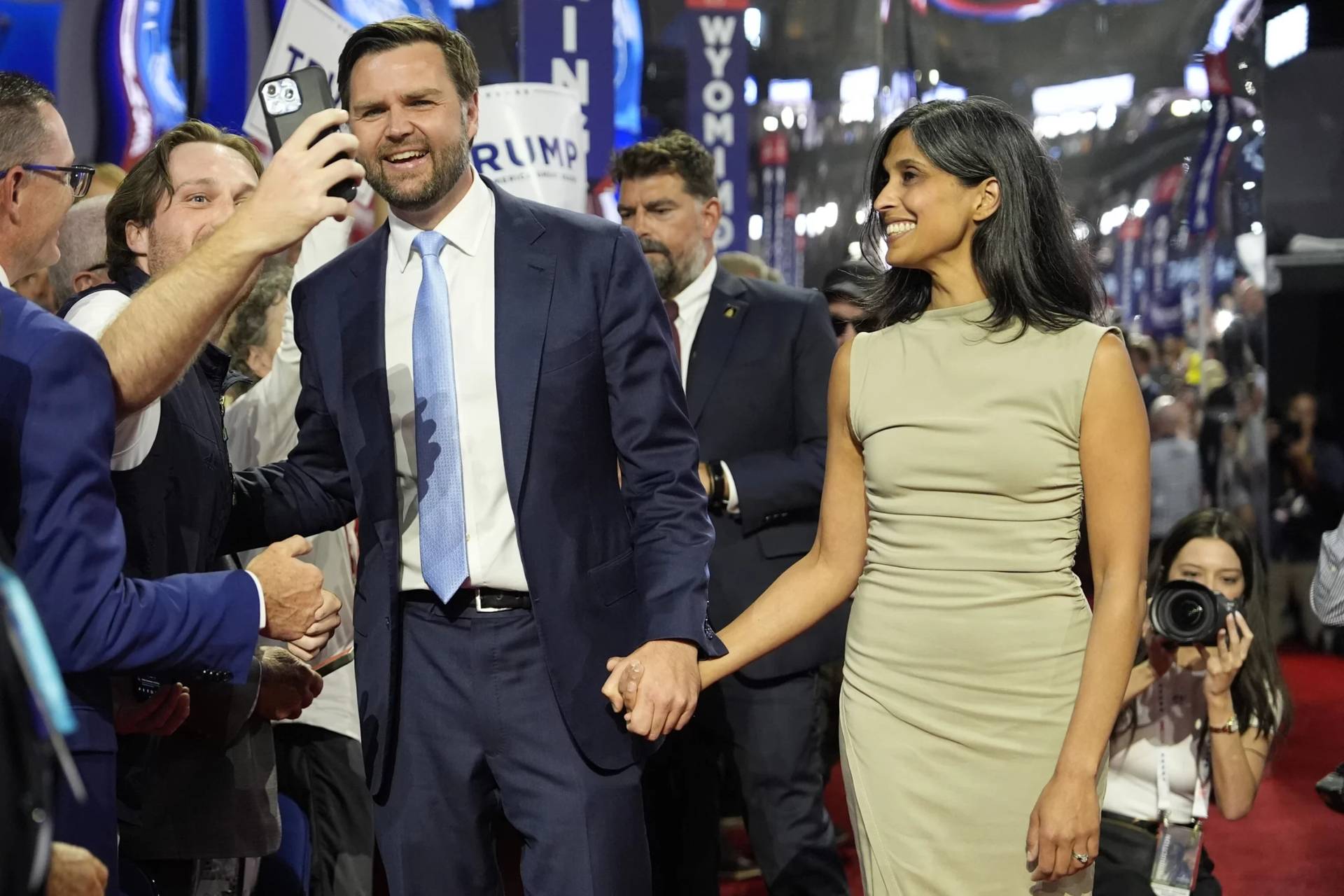It’s actually rare that the origins of important historical movements can be dated with precision, but when it comes to the late 20th century revolution in Jewish/Catholic relations, from antagonism and suspicion to friendship and common cause, the moment that a young Karol Wojtyla and his father arrived in Krakow in the summer of 1938 is as a good a place to begin as any.
Wojtyla, who would go on to become Pope John Paul II and later St. John Paul, already had a considerable exposure to Judaism from his childhood in Wadowice, a small town about an hour outside Krakow, where soccer games were often organized along Catholic v. Jewish lines, and where Wojtyla would sometimes play goalkeeper for the Jewish side.
What he found in Krakow in 1938, however, was something else altogether.
At that time, Poland was home to more Jews than any other country on earth, and Krakow in many ways was their capital. It had a Jewish community in 1938 in excess of 60,000, close to 40 percent of the population of the entire city, with flourishing Yiddish-language dailies, important centers of Jewish learning, terrific Jewish restaurants, and leading Jews sitting on the city council and playing other critical roles in civic life.
Rabbi Yehiel Poupko of the Jewish United Fund of the Jewish Federation of Metropolitan Chicago, a longtime friend who’s a go-to figure for Catholics for insight on all matters Jewish, told me recently that if he had to compile a list of the ten most important cities in the world for Jews outside the land of Israel, Krakow would definitely be on it.
“Important sections of the late medieval Jewish town of Kazimierz still exist to this day, and buried in that cemetery are rabbis from the late-fifteenth, sixteenth, and seventeenth centuries, whose waters we drink to this very day,” Poupko said.
“As the first of the three royal Polish capitals, Krakow made it possible for the Jews fleeing Western and Central Europe to settle in Poland,” he said.
That was the city the young Karol Wojtyla discovered in the late 1930s, and of course not long afterwards he watched it all being obliterated by the Nazis – and, it has to be said, by some Poles who were eager to see this vibrant Jewish center destroyed.
Later, as Archbishop of Krakow from 1964 to 1978, Wojtyla encouraged the stirrings of efforts to recapture Krakow’s Jewish past that led, among other things, to the revitalization of the old Jewish quarter in Krakow’s Kazimierz neighborhood.
John Paul’s experience of Krakow left him with two inescapable impressions.
- Catholics and Jews not only can live in peace and friendship with one other, but they’re each enriched by doing so.
- That spirit of friendship is fragile, threatened by an ugly history of prejudice that has to be confronted and rooted out.
Both of those convictions went on to become cornerstones of his almost 27-year papacy.
John Paul II frequently met Jewish leaders, condemned anti-Semitism over and over again, and repeatedly referred to Jews as the “elder brothers” of Christians. He was the first pope to establish diplomatic relations with Israel, the first to visit the Great Synagogue in Rome, and the first to stand before the Western Wall of the ancient Jerusalem temple.
John Paul also was instrumental in the publication of “We Remember: A Reflection on the Shoah,” the 1998 document expressing the Church’s “deep sorrow for the failures of her sons and daughters in every age.”
That’s not to say the Catholic/Jewish relationship was all wine and roses under John Paul. Many Jews complained that John Paul was overly fond of Yasser Arafat, too critical of Israeli policy, and that he was also too defensive of some Catholic figures with ambivalent profiles for Jews – Edith Stein, for instance, a Jewish convert, or Pope Pius IX, known for countenancing the abduction and conversion of a Jewish child, and who forced the Jews of Rome back into a ghetto.
Even when these disagreements flared up, however, the typical Jewish reaction was disappointment that a friend would act this way – which implies, of course, that fundamentally they saw John Paul II as a friend.
When John Paul II died on April 2, 2005, at the age of 84, he made one final gesture to the Jews when he mentioned “the rabbi of Rome” in his spiritual testament. Rabbi Elio Toaff and John Paul’s longtime secretary, now Cardinal Stanislaw Dziwisz, were the only living people mentioned in the will.
As Poupko put it to me about John Paul II, “a greater friend in the papacy the Jewish people have never had.”
Two days before the World Youth Day festival that will bring Pope Francis to Krakow was scheduled to begin, my Crux colleague Inés San Martín and I headed down to the Jewish quarter of Krakow to visit the Galicia Jewish Museum, which was founded in 2004 as part of the revival of Krakow’s Jewish heritage.
(“Galicia” is the region of southeastern Poland and western Ukraine which was for centuries the dominant political entity in this part of the world, with Krakow in the west and Lviv in the east as its major centers.)
Understandably, the museum’s collection focuses on the past and present Jewish footprint in the region, and especially in Krakow. It’s unfortunate, however, that is has no section dedicated to John Paul II, perhaps the greatest Catholic ally Judaism ever had, and himself a son of Galicia and Krakow.
In 1993, on the 50th anniversary of the Warsaw Ghetto uprising, John Paul II said that, “As Christians and Jews, following the example of the faith of Abraham, we are called to be a blessing to the world. It is therefore necessary for us, Christians and Jews, to be first a blessing to one another.”
John Paul II strived his entire life to be a blessing to Jews. When his successor, Pope Francis, arrives here on Wednesday, among other things visiting Auschwitz and Birkenau, he has the chance to demonstrate that while the revolution in Catholic/Jewish relations under John Paul may have reflected his own biography and personal experience, the outcome has become a corporate commitment of the Catholic Church, and no pope is ever going to walk it back.








